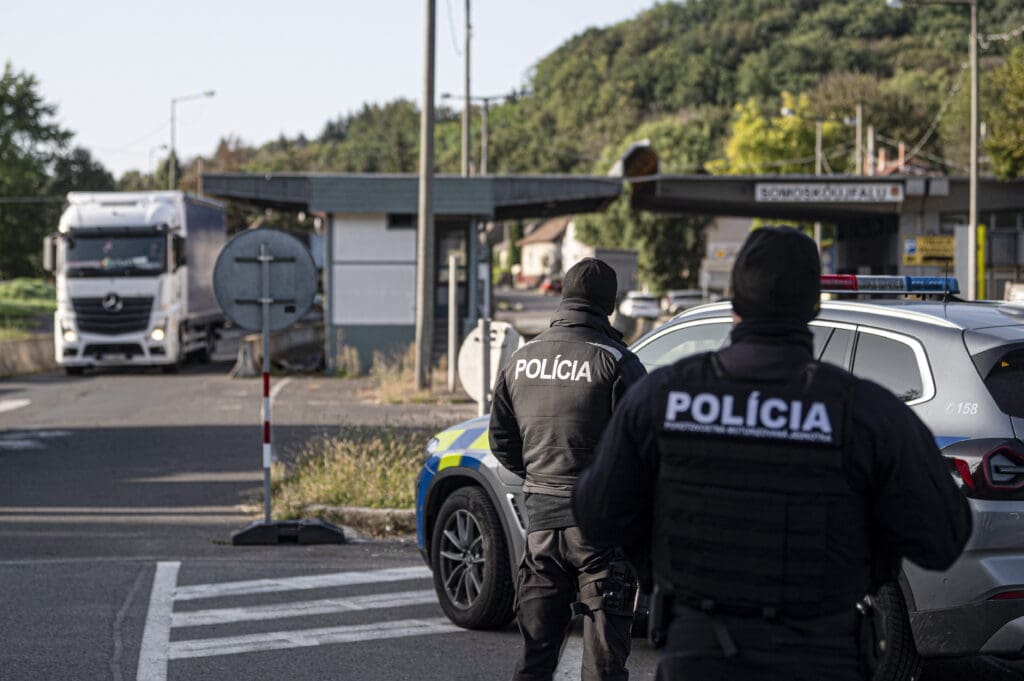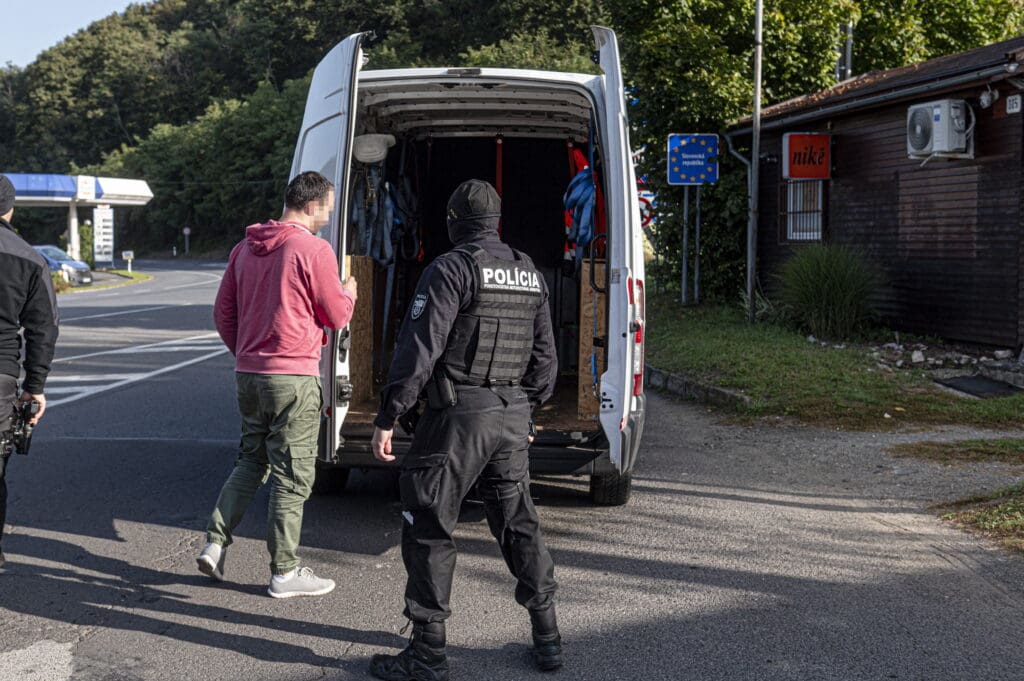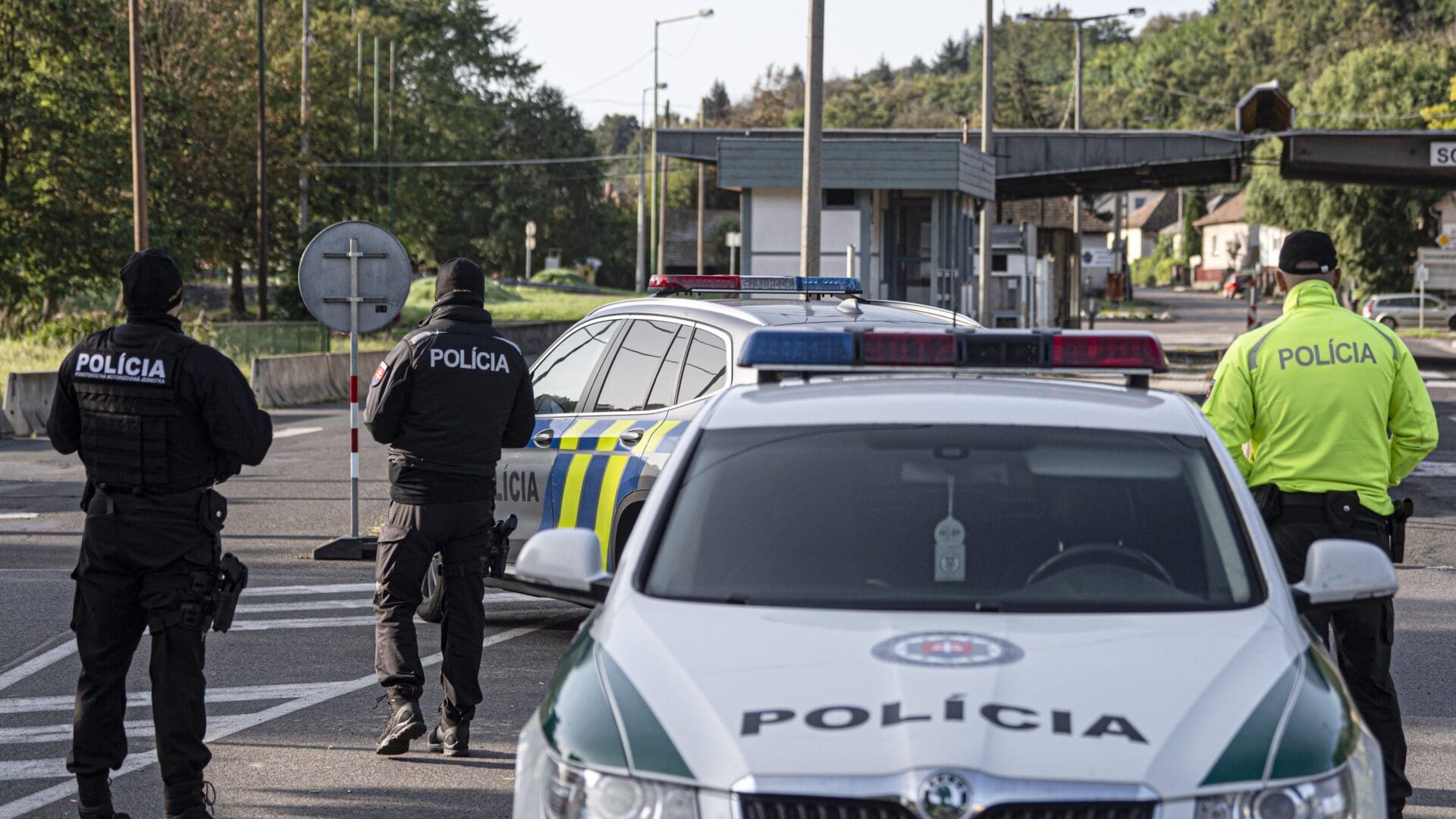Slovakia is temporarily reinstating border controls at the Hungarian border starting from Thursday, and this measure will be in effect until 14 October, as decided during Wednesday’s meeting of the Bratislava government.
Bratislava justified this measure with the necessity to curb illegal migration. The reintroduction of border checks at the Hungarian border follows similar measures implemented by the Czech Republic and Poland at their borders with Slovakia.
The border controls will be applied along the entire length of the Slovak-Hungarian border, and they will be flexible, adjusting to the current level of threat. This decision was approved during the government meeting on Wednesday and had been proposed by the Slovak Ministry of the Interior.
The Ministry explained that the temporary reintroduction of border controls is a crucial step aimed at curbing illegal migration. Since many of the illegal migrants transiting through Slovakia are
individuals who cannot be deported due to administrative constraints,
and detention does not have a specific purpose, they tend to remain within the country if they cannot proceed further.

According to the data from the Ministry of the Interior, the number of illegal migrants arriving in Slovakia through the Western Balkan route began to significantly increase in August of last year. From the beginning of this year up until now, nearly 40,000 illegal immigrants have entered the country, which is 11 times more than during the same period last year.
The decision regarding border controls, approved by the outgoing Slovak government led by Lajos Ódor,
will initially stay in effect for a period of ten days, but can be extended.
The number of illegal migrants at the Hungarian borders, especially on the Serbian side, attempting to enter Hungary has been continuously growing over the past months. While human smugglers and crime organizations work to get people over the fence, the largest concern currently is that these groups are becoming ever more aggressive. In recent weeks, there have been multiple reports about weapons appearing at the Hungarian-Serbian border. Although similar reports from the Slovak border have not surfaced yet, there is a possibility that the phenomenon may spread there, too.

The Hungarian government has been adamant on curbing, even entirely stopping illegal migration for a while now. Several measures have been implemented since 2015, including the building of a fence along the country’s southern border.
Hungarian Prime Minister Viktor Orbán also reflected on the issue in an interview last Friday, 29 September.
He emphasized that while migration used to be a hypothesis for a long time, it has become ‘an invasion’ since 2015, with daily experiences have turned the hypothesis into a fact. He listed issues such as crime, violence, inability to coexist, and conflicts that cannot be managed resulting from mass illegal immigration.
He stressed that Hungary aims to avoid these problems, and had so far managed to protect itself from them. He also noted that there is no political unity in the country on this issue, with the left being pro-migration. The PM stressed: ‘If you want to protect yourself from migration, do not let migrants in…only allow individuals into your country who have submitted an application in advance, you have assessed it, and you have given a positive response.’
Related articles:
Sources: Hungarian Conservative/MTI







